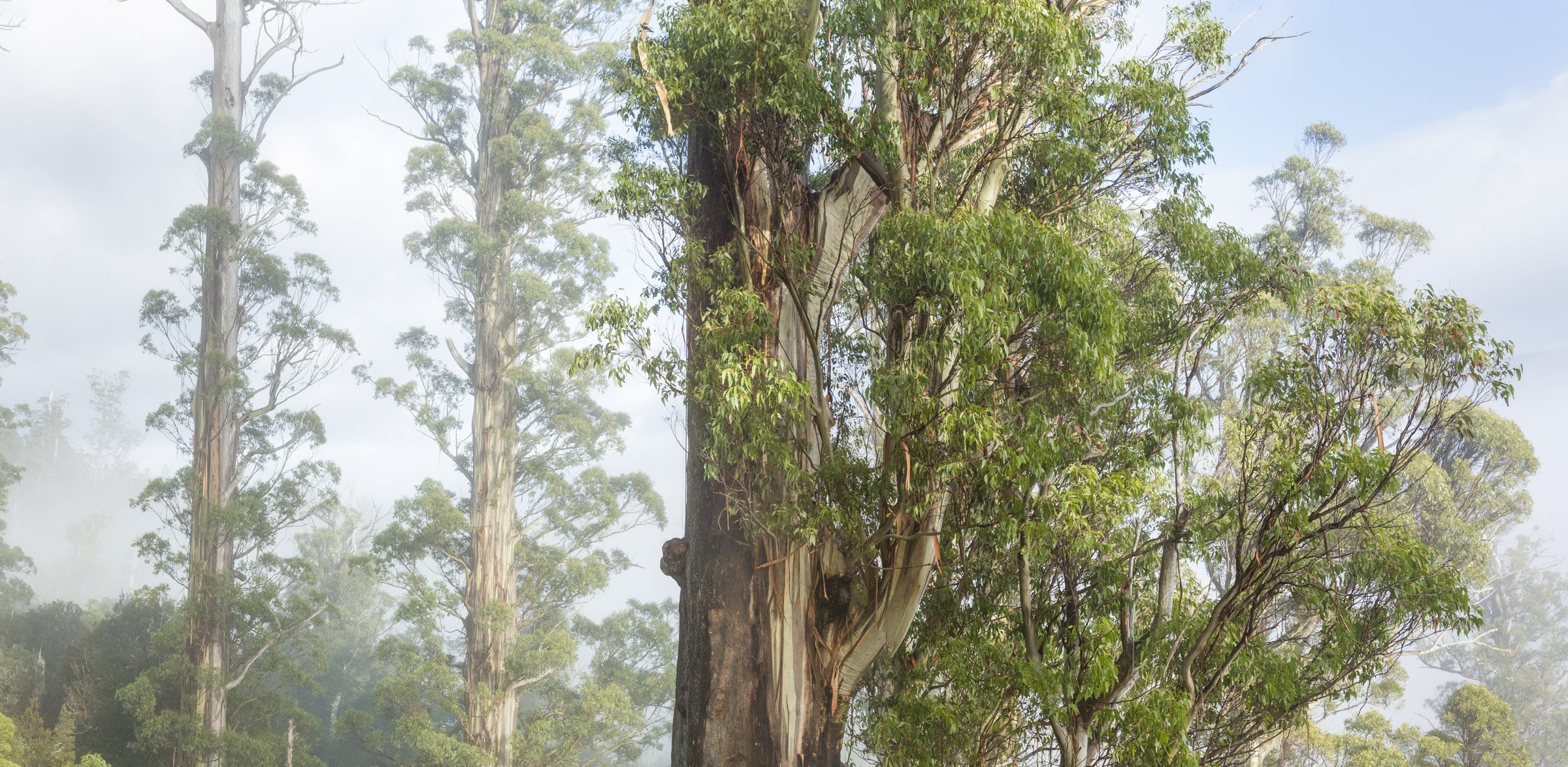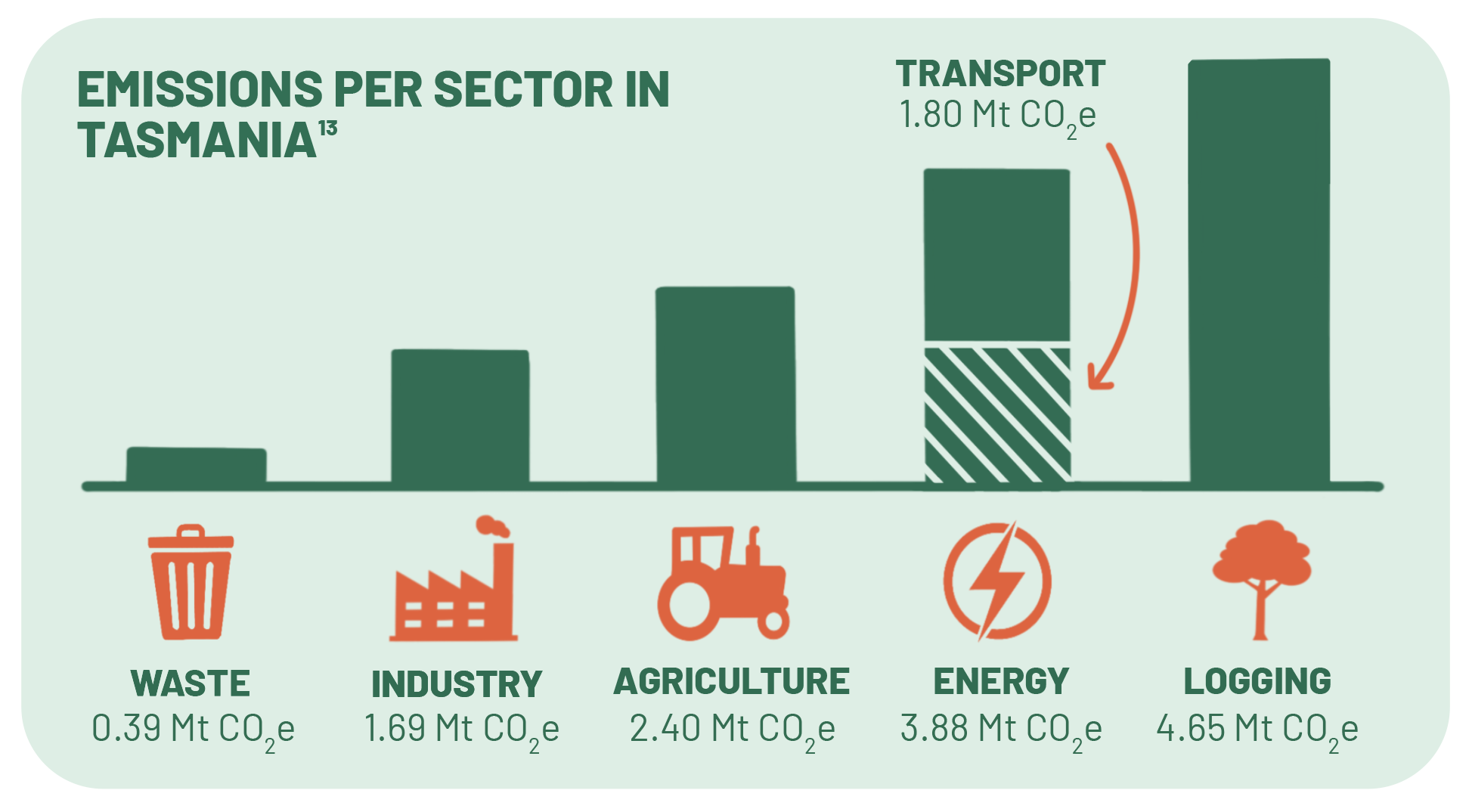FOREST CARBON
Scientific Reporting & Documentary
WE HAVE PUBLISHED THREE LEADING REPORTS
The combination of our three reports show, for the first time, how many emissions are coming from the native forest logging sectors in Tasmania, New South Wales and Victoria.
Our exclusive research has revealed that…
NATIVE FOREST LOGGING IS THE HIGHEST EMITTING SECTOR IN TASMANIA
Native forest logging in Tasmania has annual emissions of 4.6 million tonnes. This is equivalent to 1.1 million medium sized cars, or over two and a half times the entire Tasmanian transport sector including domestic aviation.
Watch the full documentary here
ENDING
NATIVE
FOREST
LOGGING
is real action on
climate change.
LOW-COST, EFFECTIVE AND IMMEDIATE
We need to take immediate action on climate change.
Not only do we need to reduce emissions, we also need to draw down carbon from the atmosphere. Protecting forests is a low-cost, effective and immediate way of achieving this.

Native forest logging is Tasmania’s number one climate issue.
But it doesn’t have to be this way. Protecting Tasmania’s carbon dense forests is a low-cost, effective and immediate way to reduce emissions. By ending native forest logging, forests can continue to draw down a significant amount of carbon dioxide from the atmosphere and store it long-term.

Protecting Tasmania’s native forests is real action on climate change.
The logging of Tasmania’s native forests releases vast amounts of carbon dioxide into the atmosphere. Due to the way that emissions are reported, the emissions from native forest logging are not separated from the carbon dioxide absorbed by our forests. Only a net figure is reported. This net figure makes it impossible to tell how many greenhouse gas emissions are coming from native forest logging.
Our report, ‘Tasmania’s Forest Carbon: From Emissions Disaster to Climate Solution’ outlines how the native forest logging emits approximately 4.65 million tonnes of carbon (CO2e) per year. This makes native forest logging the highest emitting industry in Tasmania.

When a native forest is logged…
The majority of the forest is either wood-chipped and turned into temporary products such as paper, or is left behind as waste. Long-lasting wood products such as sawn timber, plywood and engineered wood used in buildings and furniture represent only around 6% of the forest’s carbon.
When forests are logged, two-thirds of the carbon is released within two years.
Some of these carbon dioxide emissions will be recovered as most native forests regrow after logging. However, it takes many decades to centuries for forests to capture lost carbon. We cannot wait decades to centuries. We need to reduce emissions now to prevent catastrophic climate change.
Protecting Tasmania’s native forests is a real climate solution. If forests currently managed for logging were protected, we could draw down up to 75 million tonnes of carbon (CO2e) from the atmosphere by 2050. This could provide close to $2.6 billion in benefit to help mitigate climate change.
There are alternatives to native forest logging.
With the correct management and investment, plantations can meet our wood supply needs. Timber from native forests are not essential for the construction industry and are not a low-carbon building alternative.

Make a donation
The Tree Projects is an independent organisation that is not a registered not for profit or charity. However, we get stuff done and over deliver. We are almost exclusively self-funded. We also receive funding from our supporters like you.
Any contribution assists us greatly.









